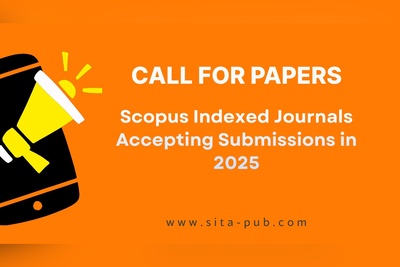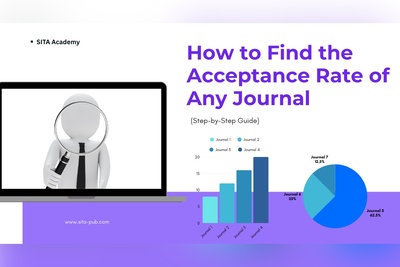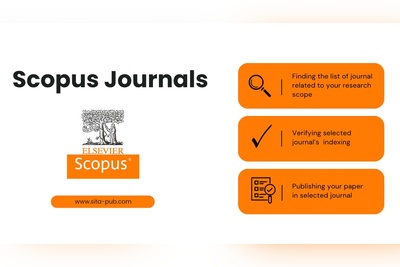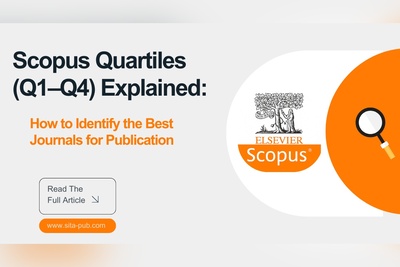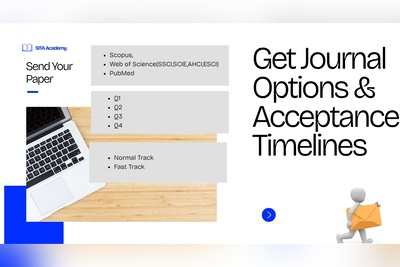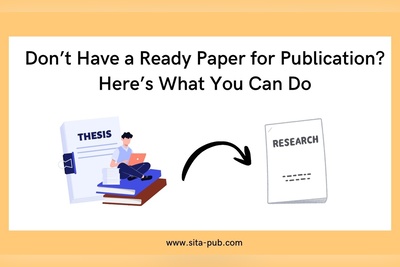How to Get Your Paper Accepted & Published in Q1 Journals
Learn how to get your paper accepted and published in Q1 journals. Discover tips on choosing the right journal, improving technical and scientific quality, understanding peer review, and avoiding common reasons for rejection.
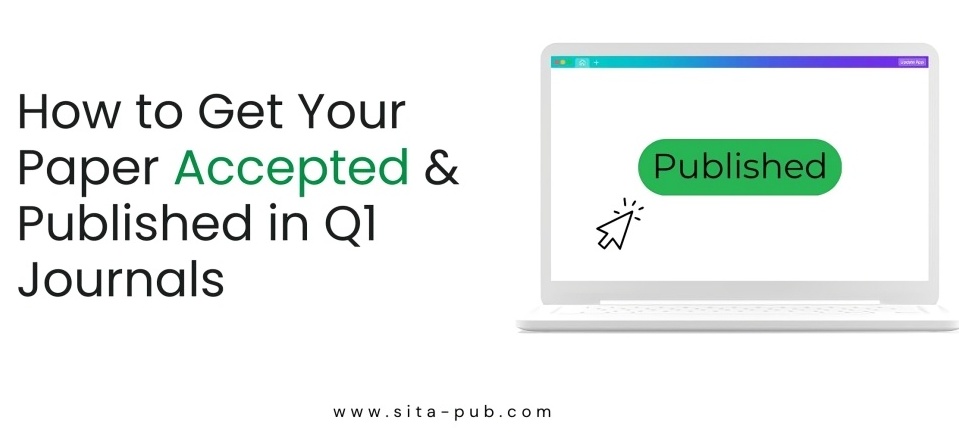
Publishing in Q1 journals is a dream for many researchers. These journals represent the top 25% of publications in their fields, carry significant visibility, and greatly enhance the impact of your work. While the process may seem challenging, it is entirely achievable if you make the right choices regarding your target journal and focus on improving the technical and scientific quality of your manuscript.
This article will guide you through what editors and reviewers look for, common reasons for rejection, how to choose a suitable Q1 journal, and tips to improve your manuscript to maximize your chances of acceptance.
Is It Difficult to Get Published in Q1 Journals?
Q1 journals are highly selective, and their high standards can make publication seem daunting. However, the difficulty does not make it impossible. By understanding the peer review process, anticipating common pitfalls, and meticulously preparing your manuscript, you can improve your chances of success.
Success in Q1 journals relies on three main pillars:
Selecting the right journal for your research.
Improving the technical quality of your paper.
Enhancing the scientific quality to meet high editorial standards.

What Do Q1 Journal Editors Look for in Each Peer Review Stage
Understanding what editors look for at each stage can save you time and frustration. Here’s a breakdown:
1. Initial Editorial Screening
Before your manuscript even reaches peer reviewers, editors perform a quick screening. They check:
Scope: Does your research fit the journal’s focus?
Clarity: Is the title, abstract, and objective clear?
Structure: Are all sections complete (introduction, methodology, results, discussion, references)?
Common reasons for rejection at this stage:
Out-of-scope research.
Poorly written or unclear abstracts.
Missing essential sections.
2. Peer Review (Technical & Scientific Evaluation)
If your paper passes the initial screening, reviewers assess the scientific rigor and originality of your work. They consider:
The novelty of your research.
The soundness of your methodology and data analysis.
The clarity and logic of your conclusions.
Common reasons for rejection at this stage:
Weak methodology or flawed experimental design.
Lack of novelty or contribution to the field.
Incomplete or insufficient data.
Unsupported or overreaching conclusions.
3. Language and Presentation Check
Even high-quality research can be rejected if poorly presented. Editors look for:
Clear, concise, and grammatically correct language.
Correct formatting and adherence to journal guidelines.
Originality verified through plagiarism checks.
Common reasons for rejection at this stage:
Poor English writing (especially for non-native speakers).
Formatting errors or missing references.
Plagiarism or insufficient citation of prior work.
How to Choose a Q1 Journal That Accepts Your Paper
Choosing the right journal is critical. Even a strong paper can be rejected if submitted to an inappropriate journal. Consider these step
Identify Q1 journals in your field:
Use databases like Scopus or Web of Science to find top-ranked journals in your discipline.
Check journal scope and past publications:
Ensure your topic aligns with the journal’s focus. Look at recent publications to gauge relevance.
Consider acceptance rates and review timelines:
Some high-impact journals have extremely low acceptance rates and long review processes. Choose a journal that fits your timeline and goals.
Open-access vs. subscription journals:
Decide based on your research visibility goals and funding availability.
Review submission guidelines carefully:
Ensure your manuscript meets formatting, referencing, and length requirements to avoid desk rejection.
Tips to Improve the Technical and Scientific Quality of Your Paper
To maximize your chances of acceptance, focus on both technical and scientific improvements.
Technical Quality
Native English Editing:
For non-native speakers, professional editing ensures your manuscript is clear, concise, and readable. Poor English can lead to misunderstanding and early rejection.Plagiarism Checking and Removal:
Use reliable plagiarism detection tools to ensure originality. Journals take plagiarism seriously, and even minor overlaps can lead to rejection.Formatting and Style:
Adhere strictly to journal guidelines, including font, citation style, figure placement, and table formatting. A well-formatted manuscript shows professionalism and attention to detail.
Scientific Quality
Clear and Significant Research Question:
Your study should address a specific gap in the literature and highlight its relevance.Robust Methodology:
Use appropriate methods and statistical analyses. Describe your approach clearly so reviewers can replicate your study.Data Presentation:
Present results with clarity using figures, tables, and charts. Avoid clutter and ensure every element adds value.Literature Contextualization:
Situate your findings within the existing body of research. Demonstrate how your work contributes to advancing knowledge in the field.Limitations and Transparency:
Be honest about limitations and potential sources of error. Transparency builds credibility with editors and reviewers.
Related Article
Publishing in a Q1 journal is challenging but entirely achievable. By choosing the right journal, enhancing the technical and scientific quality of your manuscript, and understanding what editors and reviewers expect, you can significantly increase your chances of acceptance.
Investing in native English editing, plagiarism checking, and careful formatting can make a huge difference. Remember, your goal is to turn your thesis or research into a high-impact, publishable article. With preparation, attention to detail, and persistence, your paper can reach the top-tier journals and achieve the recognition it deserves.
Get Your Paper Accepted and Published in Q1 Journals with SITA Academy
At SITA Academy, we provide comprehensive support to help you get your research published in top Q1 journals. Our services include:
Finding the right journal for your field – We identify journals with high acceptance rates, and provide full details including acceptance timelines, publication timelines, and fees.
Technical improvement of your paper – We assist in enhancing the scientific and technical quality of your manuscript to meet Q1 journal standards.
Formatting and submission support – We handle all formatting and submission requirements to ensure a smooth review process.
Send us your paper today via WhatsApp, email, or other channels listed below to receive a personalized list of suitable journals and their details.
Verified Contact Channels
If you have any questions, inquiries, or would like to learn more about our services, please don't hesitate to reach out to us. Our dedicated team is ready to assist you.







